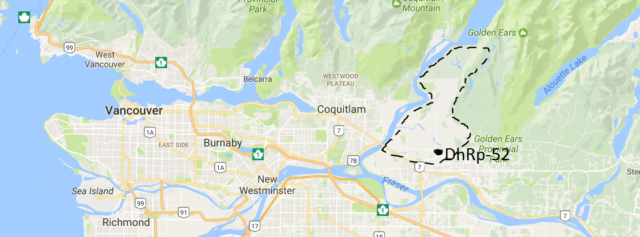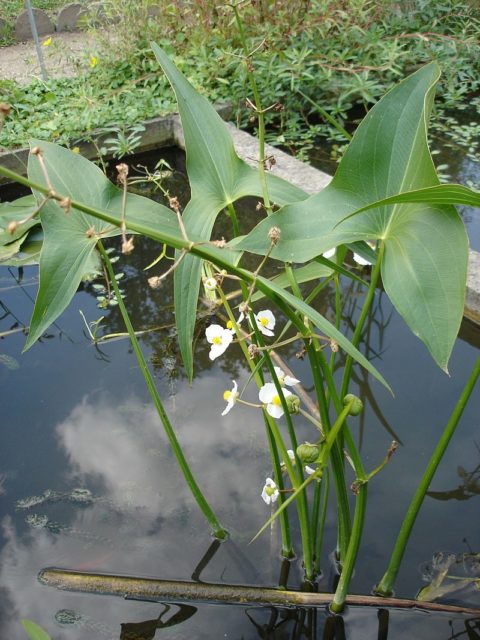It seems that our ancestors didn’t like to fit the mold that we’ve given them. People who were once believed to be solely hunter-gatherers are turning out to be gardeners as well.
In the backcountry of British Columbia, Canada, archaeologists have uncovered a garden that is believed to be at least 3,800 years old. It is so well preserved you can see that it has rock walls, with garden tools and even the preserved remnants of a crop left behind.

The crop is a potato-like tuber called wapato, or “Indian potato”. The wapato has a texture and taste similar to both the potato and chestnut. It is still around and was an important vegetable to the indigenous people of the area as it is today. It is a wetland plant and, like rice, grows in a few inches of water, hence the wall around the crop that would have both stopped the loss of water and contained the top growth.
The wapato is harvested in fall and dug out of the soil – at the site, fire-hardened sticks were found that would have been ideally suited to the cultivation of this crop. Once dug up and snapped off the mother plant, the tubers floated up, which made harvesting a breeze.
The wapato is a vegetable that can be eaten raw or cooked. It can also be dried to create flour. However, it is not known how it was prepared and consumed at this particular site as yet. The buds produced in late summer and the fruits which grow on top are edible too, Mail Online reported.
It is known that in Northern Iraq, people were growing wheat earlier than the crops produced the site in British Columbia. However, the discovered wapato garden is one of the earliest preserved gardens to be found anywhere in the world; it clearly shows manipulation of the land and environment to grow a crop that normally grew wild, for the purpose of supplementing other food sources. The inhabitants of British Columbia would have had to purposefully wall off a section of wetlands to support the amount of seed planted, store seed for the following season, and hopefully, have extra to see them through winter.
This is a significant jump forward from taking what the land offers to thinking ahead and planning for a settlement.

Life for this group of people would have been made a little bit easier once they discovered this new way of producing food.
It is unknown how much this simple farming method supported the people and how much they still roamed, but one thing is for sure – it is an exciting example of how innovative our ancestors were.
